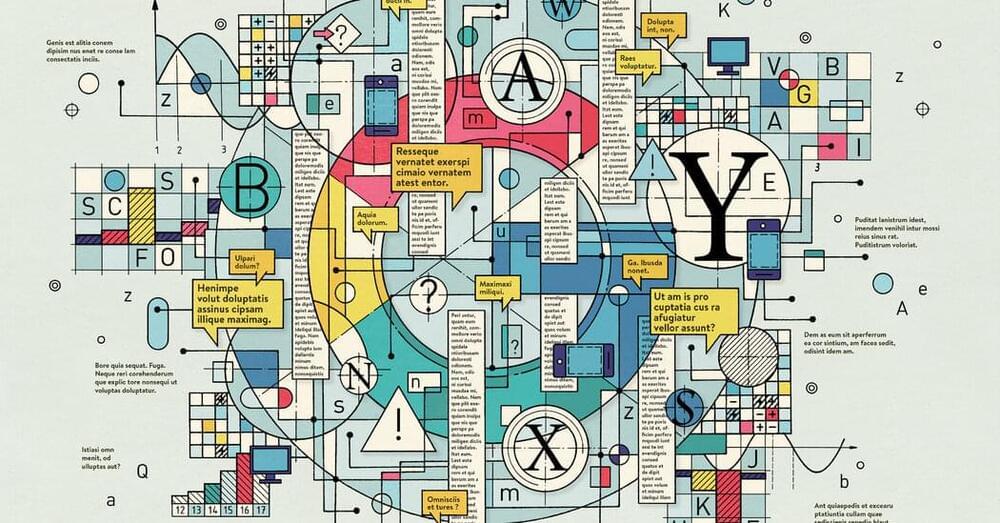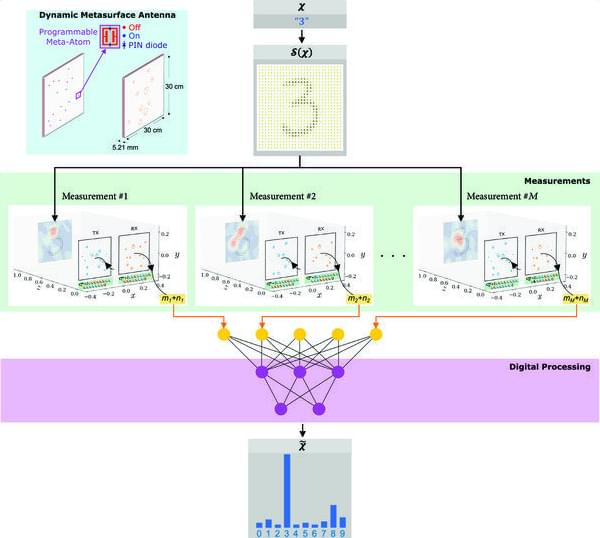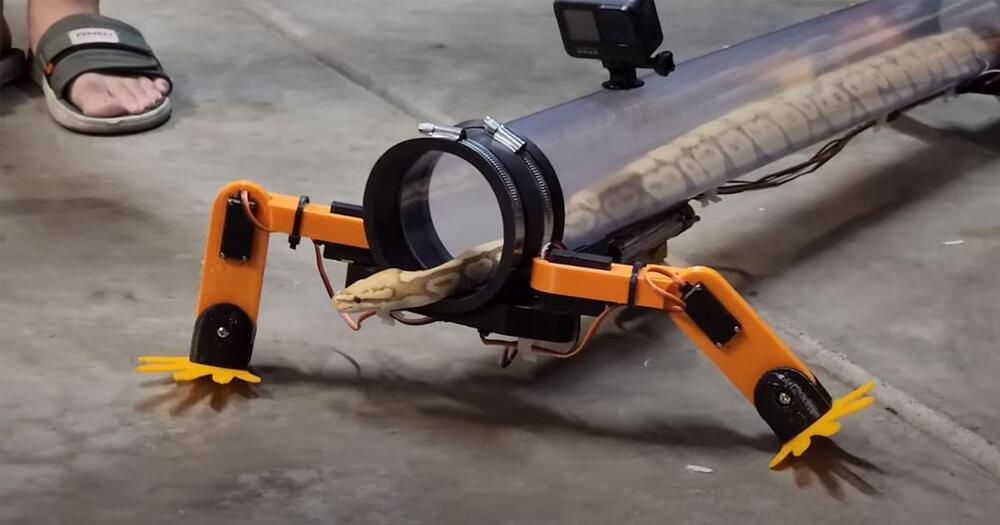A new wave of chat bots like ChatGPT use artificial intelligence that could reinvent or even replace the traditional internet search engine.


Deep Learning AI Specialization: https://imp.i384100.net/GET-STARTED
A breakthrough artificial intelligence called SinFusion can now take any video as input and extrapolate a synthetic video as output, either moving forward or backward in time, using a diffusion model. Google AI has released a new robotics transformer (RT-1) that does over 700 tasks using a fleet of 13 different robot arms with 7 degrees of freedom and a 2 fingered gripper manipulator. Researchers from Korea have developed a quadruped robot that is able to walk on walls and ceilings using magnetic elastomers and electromagnets.
AI News Timestamps:
0:00 The Rise of AI Diffusion Models.
1:08 Custom AI Diffusion Model Options.
1:27 What Is SinFusion AI
2:35 How Sinfusion AI Works.
4:04 New Google AI Robot Tech.
6:28 New Robotics That Walk on Walls.
#technology #tech #ai

Sensing systems are becoming prevalent in many areas of our lives, such as in ambient-assisted health care, autonomous vehicles, and touchless human-computer interaction. However, these systems often lack intelligence: they tend to gather all available information, even if it is not relevant. This can lead not only to privacy infringements but also to wasted time, energy, and computational resources during data processing.
To address this problem, researchers from the French CNRS came up with a concept for intelligent electromagnetic sensing, which uses machine-learning techniques to generate learned illumination patterns so as to pre-select relevant details during the measurement process. A programmable metasurface is configured to generate the learned patterns, performing high-accuracy sensing (e.g., posture recognition) with a remarkably reduced number of measurements.
But measurement processes in realistic applications are inevitably subject to a variety of noise. Noise fundamentally accompanies any measurement. The signal-to–noise ratio can be particularly low in indoor environments where the radiated electromagnetic signals must be kept weak.
Philosophy of the future is needed.
The world is chancing fast. (AI, genome sequencing, demographics changes…)
Fascism, Communism, Capitalism and other ideologies and economic system of past may not be ideal to ensure a flourishing human civilization on Earth and beyond.
Some initial thoughts on a framework of a philosophy of the future.
What do you think will be the preferred ideology and economic system of the future?

Year 2021 face_with_colon_three
In recent years, the use of deep learning in language models has gained much attention. Some research projects claim that they can generate text that can be interpreted as human writing, enabling new possibilities in many application areas. Among the different areas related to language processing, one of the most notable in applying this type of modeling is programming languages. For years, the machine learning community has been research ing this software engineering area, pursuing goals like applying different approaches to auto-complete, generate, fix, or evaluate code programmed by humans. Considering the increasing popularity of the deep learning-enabled language models approach, we found a lack of empirical papers that compare different deep learning architectures to create and use language models based on programming code.
2022 has been a crazy year for Machine Learning and AI Research. Big Tech Companies have released a lot of amazing libraries that will benefit developers a lot. We have seen some great research papers, both from Big Tech Companies and Smaller Groups. Amongst my favorites was the research into self-assembling AI, which shows the potential of exploring alternative modes of AI.
Aerones’ robot decreases downtime by almost ten times and increases annual production by 12 percent.
Although wind turbine towers create clean electricity, they frequently leak oil, damaging the blades, increasing wind resistance, and even polluting the ground below.
Robotics company Aerones saves time and the human workforce by cleaning and inspecting wind turbines with remote-controlled robots.


